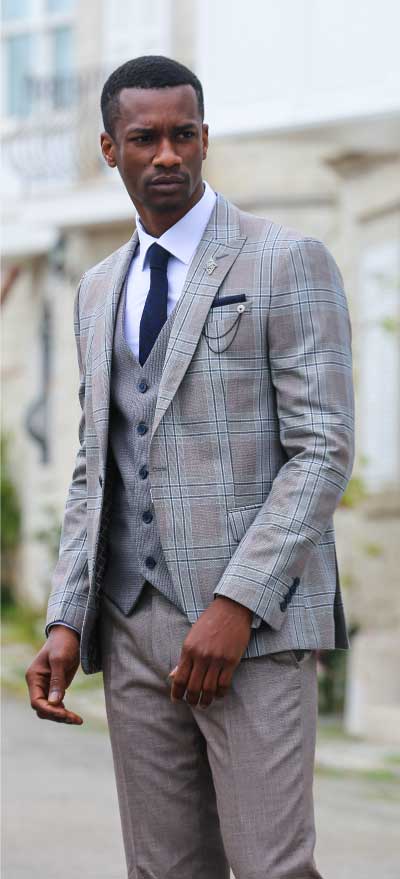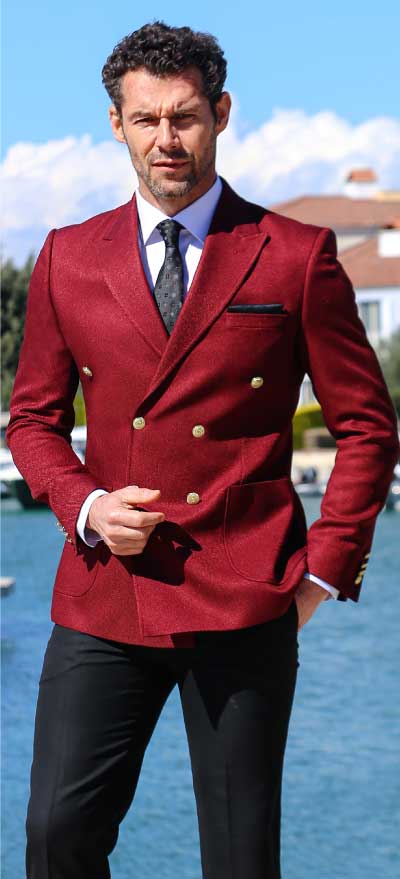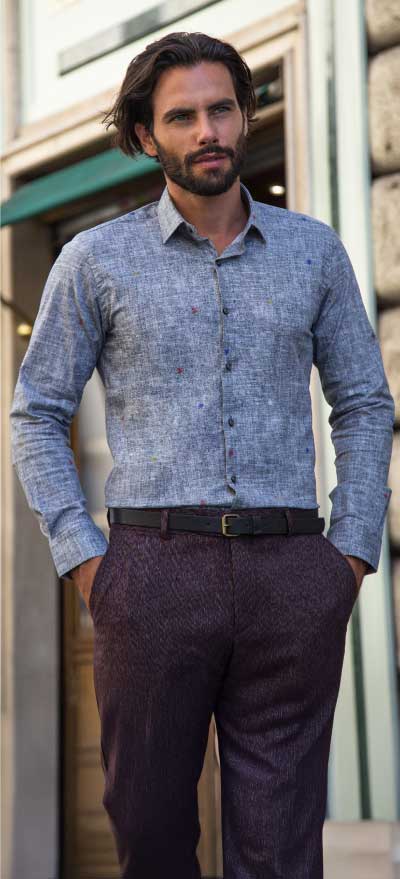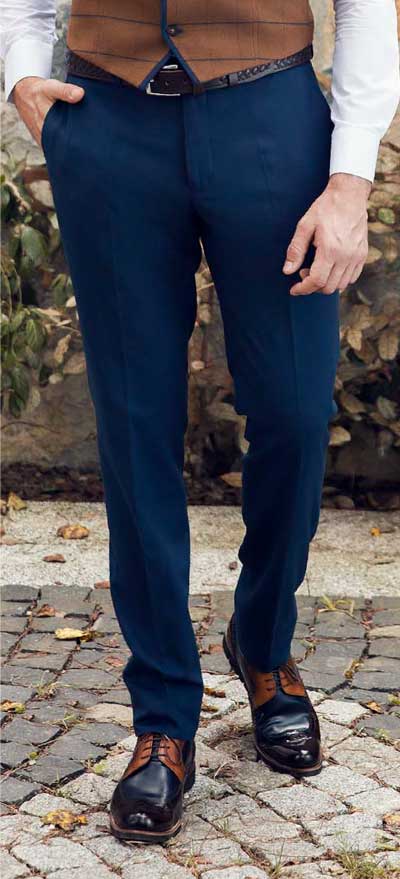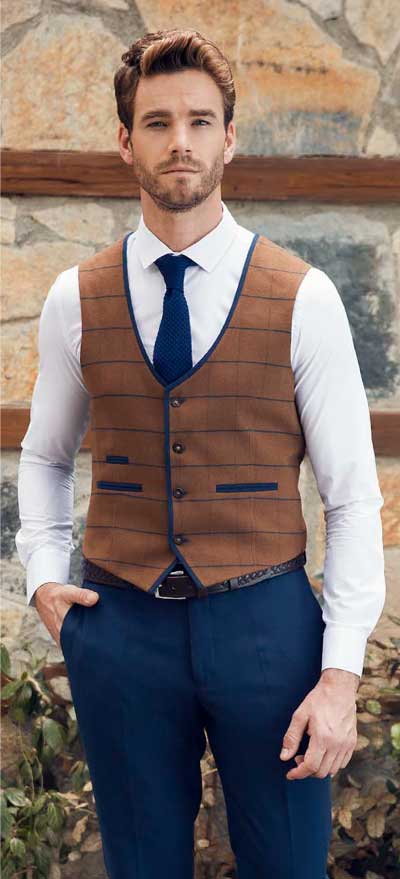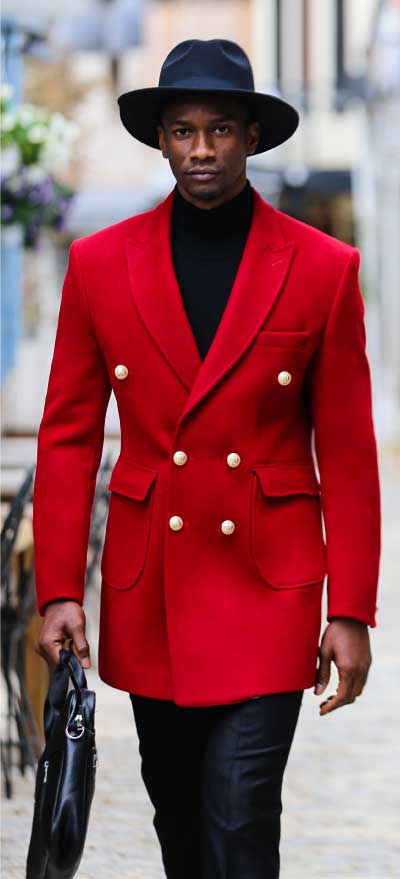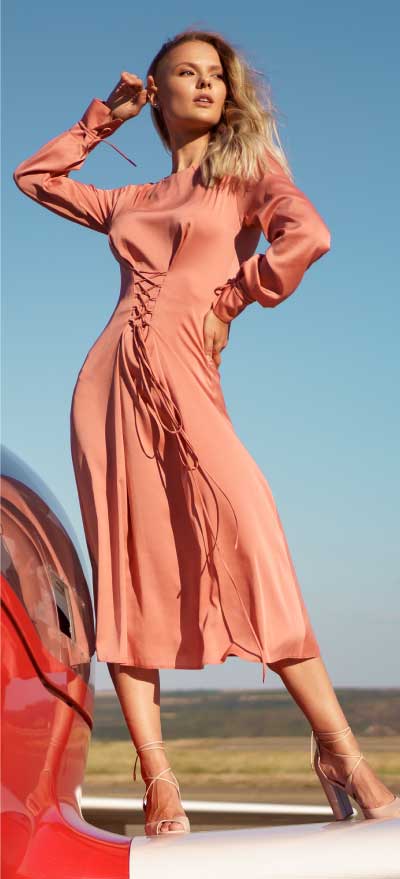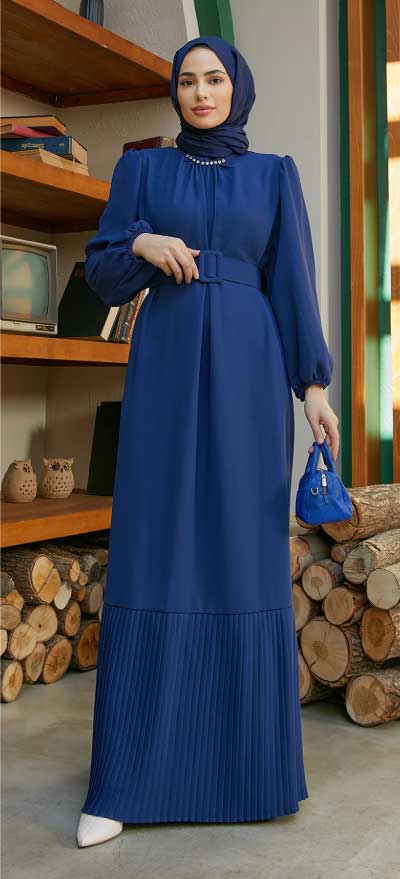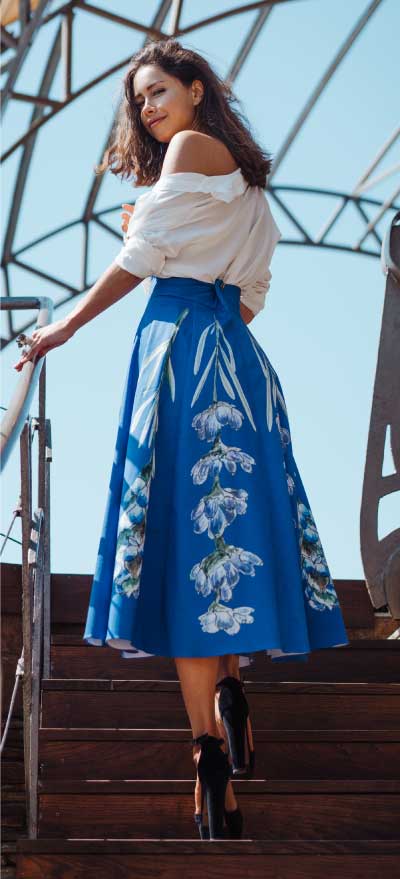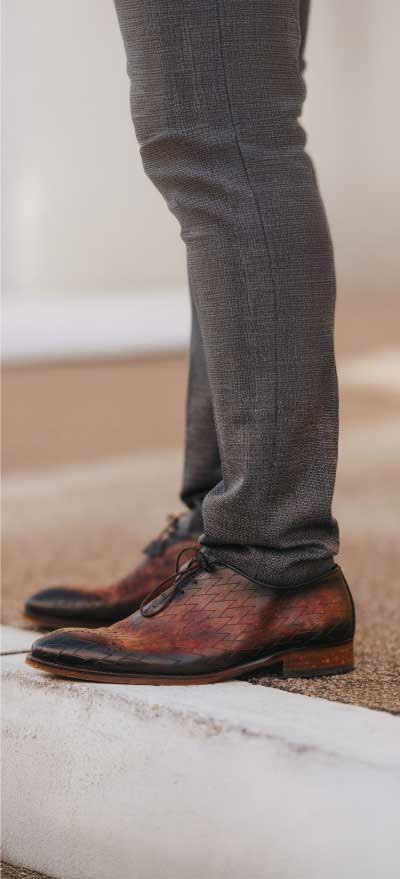Organizing Seasonal Men's Collections Strategically
Organizing Seasonal Men’s Collections Strategically
Why Seasonal Organization Matters in Men’s Fashion
For retailers, men’s fashion collections don’t just change with style—they shift with the seasons. Customers expect lightweight fabrics in summer, cozy knits in winter, and tailored suits during wedding months. Without proper organization, stores risk overwhelming shoppers or missing opportunities to showcase seasonal bestsellers. By sourcing in bulk from partners like Clothing Supplier and displaying strategically, retailers can transform their seasonal collections into higher sales and stronger brand identity.
Understand Seasonal Shopping Patterns
-
Spring/Summer: Linen shirts, chinos, polo shirts, and lightweight blazers dominate.
-
Fall/Winter: Wool coats, knit sweaters, dark-toned trousers, and layered outfits attract demand.
-
Special Occasions: Wedding season, graduations, and holidays increase demand for formal suits and dress shirts.
Recognizing these patterns helps retailers stock—and display—the right items at the right time.
Strategic Display Methods for Each Season
-
Front-of-Store Highlights: Feature new seasonal arrivals in the most visible spaces. For example, showcase pastel blazers in spring or heavy coats in winter.
-
Themed Displays: Create “Back-to-Work,” “Holiday Party,” or “Casual Summer” sections to inspire buyers.
-
Rotating Collections: Change displays monthly to keep the store fresh and aligned with evolving fashion cycles.
Organize by Layering and Outfit Coordination
Men’s fashion thrives on coordination. Instead of separating shirts, trousers, and jackets entirely, group them into cohesive outfits. For example, display a blazer alongside matching trousers and a seasonal shirt. This approach not only makes browsing easier but also increases upselling opportunities.
Color and Fabric Organization
-
Summer: Bright colors and breathable fabrics (linen, cotton) should take center stage.
-
Winter: Darker tones and heavier fabrics (wool, tweed) should dominate displays.
Organizing by fabric weight and color makes it easy for customers to find what suits the season’s needs.
Balancing Timeless Basics with Seasonal Trends
Not every piece should change with the season. Timeless staples such as white shirts, navy suits, or black trousers should remain in-store year-round. The key is to rotate seasonal layers around these essentials. With wholesale partnerships like Clothing Supplier, retailers can always restock basics while refreshing trend-driven items.
Practical Tips for Retailers
-
Keep storage areas organized for easy seasonal transitions.
-
Use mannequins to highlight complete seasonal outfits.
-
Introduce promotions around seasonal changeovers (e.g., winter clearance sales).
-
Plan bulk orders 2–3 months before peak season to avoid delays.
Conclusion: Turning Seasonal Shifts into Sales Opportunities
Organizing seasonal men’s collections strategically is more than an aesthetic choice—it’s a sales driver. By understanding customer needs, curating displays, and balancing trends with timeless basics, retailers can increase conversions and customer loyalty. Partnering with trusted suppliers like Clothing Supplier ensures every season’s collection is stocked with stylish, high-quality wholesale clothing that keeps customers coming back year after year.




